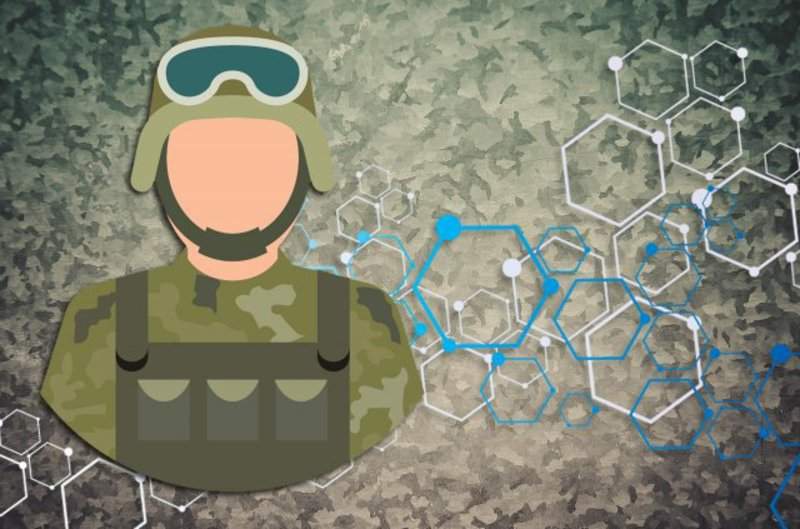
Researchers from the US Army and Massachusetts Institute of Technology (MIT) have developed a device to test the durability of new polymeric materials, which could potentially be used to manufacture soldiers’ combat helmets.
During their research, scientists discovered that when targets made of poly(urethane urea) elastomers (PUUs) are impacted at high-speeds by micro-particles made of silica, the PUU target shows hyper elastic behaviour.

Discover B2B Marketing That Performs
Combine business intelligence and editorial excellence to reach engaged professionals across 36 leading media platforms.
The PUU target becomes extremely stiff when deformed at strain rates on the order of 108/s, which means the material of the target deforms to half of its original thickness in an extremely short time, the US Army stated.
The test device uses a pulsed laser to shoot micrometre-sized bullets at targets made of PUUs.
In addition, the latest discovery regarding bulk elastomers is expected to aid the design of matrix materials for composites that can be used in making combat helmets for the army in future.
The elastomers can either be used as the outermost layers of the helmet or to replace the polycarbonate shell.

US Tariffs are shifting - will you react or anticipate?
Don’t let policy changes catch you off guard. Stay proactive with real-time data and expert analysis.
By GlobalDataThe army’s enhanced combat helmet uses high-performance, ultra-high molecular weight polyethylene (UHMWPE) fibre-based composites that offer high breaking strength per unit cross section area, which are approximately 15 times stronger than steel, while being flexible like fabrics.
Additionally, robust high-performance elastomers can also be used in making transparent face shields, mandible face shields, ballistic vests, extremity protective gear and blast-resistant combat boots.





